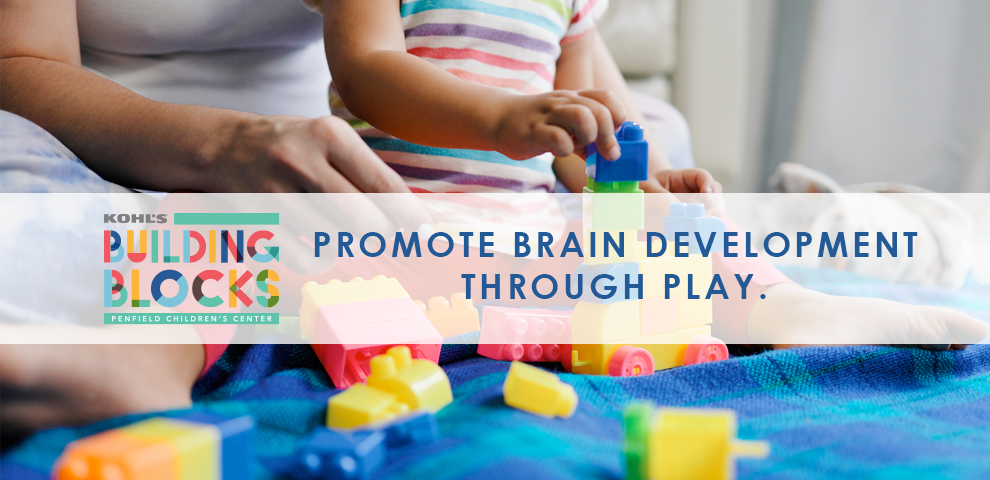
Cognitive development refers to the way in which a child learns, solves problems, acquires knowledge about the surrounding environment and increases the ability to interact with it.
Children acquire different cognitive skills as they meet certain developmental milestones. As a parent, you can help your child improve cognitive development in memory, concentration, attention, perception, imagination and creativity with common items found around the house. The following items, and your imagination, can be used to create low cost, educational toys that your child will enjoy and promote all areas of cognitive development.
Pots, pans and fitted lids
Encourage your child to match the correct lid with pan, or put the pots and pans in order from small to large or large to small. Try putting a small toy on, in or behind the pans. Have a discussion with your child about where the toy is and the best way to find it.
Sets of measuring spoons and cups
Help your child sort sizes by putting one spoon or cup inside the other so that all fit together. Have your child identify corresponding sizes by putting the big spoon in the big cup, medium spoon in medium cup, etc.
Mirror
Have your child point to her eyes, nose, mouth, etc. Encourage her to play “hide and seek” with her reflection. This activity will help to develop your child’s self-image.
Oatmeal containers with lids
Use as a shape sorter and cut shapes into the lid. Find common objects of various shapes and sizes that fit through the shapes in the lid. Stack the containers to create a tower or put a small toy in, on, behind or under the containers and help your child find the toy.
Frozen orange juice lids *make sure there are no sharp edges
Encourage your child to sort small and large lids separately into pie tins (or other receptacles). Cut a slit into the lid of an oatmeal container and let your child drop the lids through the slit. Stickers can be placed on the lids to promote picture identification and memory.
Muffin tins or egg cartons
Use beans, popcorn or buttons and sort by size, color or kind into each section of the tin or carton. Be sure to try this activity with older kids who will not eat the items as they may be a choking hazard.
Magazine pictures
With your child, sort different pictures into categories (what you eat, what you can wear).
Show different pictures to your child and ask her to name the object, describe how it is used or tell you what color it is. You can also use the pictures to make a set of flashcards Be sure you have two of each picture (or color). Have your child play a memory game by laying the cards face down on a surface. Have your child flip two cards face up over each turn. The object of the game is to turn over pairs of matching cards.
If your child is older, use color words and a color card.
Clothing
Have your child match identical socks together. Ask your child appropriate questions about wearing clothes, i.e. “when do you wear a mitten?” Have your child match the item of clothing to where it is worn, i.e. a sock is worn on the foot, pants are worn on the legs.
Cookie cutters
Trace the outline of various shaped cutters with markers on paper. Have your child match the cookie cutter to the same outlined shape. Older children can trace around the cookie cutter on paper.
Scraps of material
Have your child describe different material textures (rough, smooth, bumpy, soft). You can also cut the material into shapes and have your child match according to shape, size and texture.
Do you have any suggestions of your own for using household items to promote cognitive development? Please share them here:
Beth Vick is the Director Special Education at Penfield Children’s Center. She has worked as a community based special education teacher and now supervises 5 special education teachers, both community and classroom.
Renata, Rebecca. “Activities to Promote Children’s Cognitive Development. eHow Mom. http://www.ehow.com/info_7813000_activities-promote-childrens-cognitive-development.html.


Leave a Reply